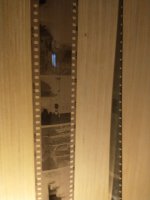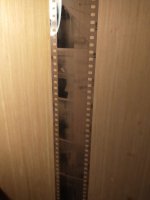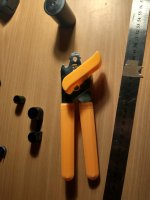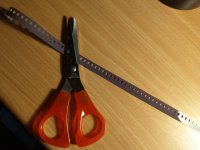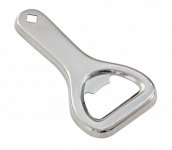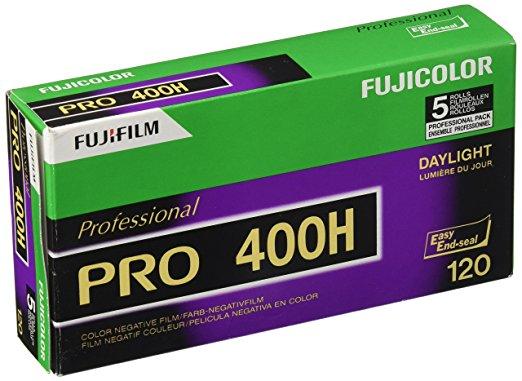- Messages
- 596
- Edit My Images
- No
Once a long time ago I poured the fixer in before the dev!
More recently I have been shooting some snaps on film on various cameras including some antique ones. On one I didn't notice the shutter selector had moved from I (instantaneous) to T (Time exposure). Just a couple of days ago I went to load a 127 film in a camera with a tight loading gate and I haven't used 127 before. The film was wound very tightly on the spool, like a coil spring you might say, and sure enough while faffing about with it the film uncoiled to a significant extent. I haven't shot that roll yet but hopes are not high! In the Kodak instructions it does warn users not to wind the film roll too tightly and cinch it so maybe I'll get lucky! I have also lost a few frames on a "Science camera" with a focus screen optimised for microscope use when using it with a normal camera lens, even when totally out of focus the viewfinder image does look sharp (it's a 35mm SLR) so blurry images ensue if you don't check the lens distance scale!
More recently I have been shooting some snaps on film on various cameras including some antique ones. On one I didn't notice the shutter selector had moved from I (instantaneous) to T (Time exposure). Just a couple of days ago I went to load a 127 film in a camera with a tight loading gate and I haven't used 127 before. The film was wound very tightly on the spool, like a coil spring you might say, and sure enough while faffing about with it the film uncoiled to a significant extent. I haven't shot that roll yet but hopes are not high! In the Kodak instructions it does warn users not to wind the film roll too tightly and cinch it so maybe I'll get lucky! I have also lost a few frames on a "Science camera" with a focus screen optimised for microscope use when using it with a normal camera lens, even when totally out of focus the viewfinder image does look sharp (it's a 35mm SLR) so blurry images ensue if you don't check the lens distance scale!



